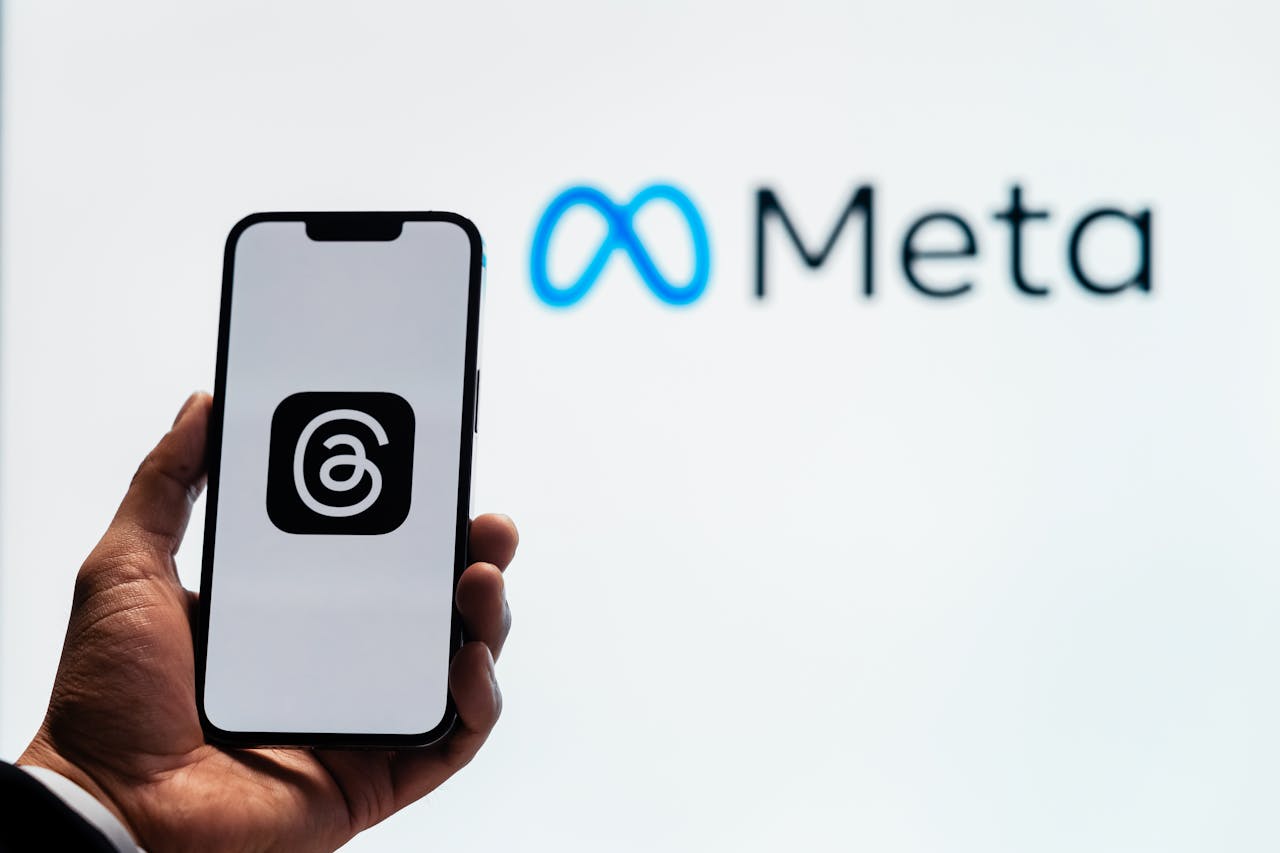Meta’s Unfinished Evolution: Growth, Transformation, Metaverse Gamble
Back in 2021, when Facebook rebranded itself as Meta, Mark Zuckerberg declared that the metaverse would be the next frontier of the internet. Fast forward to 2025, and that bet has become one of the most audacious — and controversial — moves in Big Tech history. But behind the headlines and bold pronouncements lies a much more complex story of survival, adaptation, and long-term vision.
From Social Giant to AI & Hardware Player
Meta’s traditional advertising business, driven by Facebook and Instagram, still brings in over 87% of the company’s revenue in 2025. But cracks are showing. According to Q2 2025 earnings, ad revenue growth has slowed to 4.8% YoY, compared to double-digit growth just three years ago. With Apple tightening privacy policies and Gen Z flocking to TikTok and emerging decentralized platforms, Meta has had to rethink its core business model.
The pivot? A two-pronged transformation:
| Segment | 2022 Revenue | 2025 Revenue | YoY Growth (2024–2025) |
|---|---|---|---|
| Advertising (FB/IG) | $113B | $129B | +4.8% |
| Reality Labs | $2.1B | $4.7B | +38.6% |
| AI & Cloud Services | <$1B | $5.4B | +52.3% |
Meta is now positioning itself not just as a social media company, but as an AI, AR/VR, and infrastructure powerhouse.
Reality Labs: Billion-Dollar Burn or Visionary Bet?
Let’s talk numbers. Reality Labs, Meta’s metaverse division, posted cumulative operating losses of $53.6B since 2020. In 2025 alone, the unit lost $13.9B, despite a 38.6% increase in revenue.
Critics call it a “black hole” of capital. But Meta insists it’s planting seeds for the long term. And there are early signs the gamble might be working:
- Quest 4, launched in March 2025, outsold Apple Vision Pro 2 in Q2 by 17% globally.
- Over 12 million monthly active users engage with Horizon Worlds, up 240% YoY.
- Strategic partnerships with Roblox, Nike, and Netflix are generating real in-world commerce.
Still, investors remain split. The big question: Can Meta’s metaverse ecosystem become a scalable, monetizable platform — or is this just a sunk-cost fallacy?
AI Infrastructure: Meta’s Quiet Power Move
What’s getting far less attention is Meta’s infrastructure play. In 2025, Meta now operates the third-largest AI training cluster in the world, behind Microsoft and Amazon. The in-house LLM “Llama 4”, released in June, has quickly gained traction among open-source communities and developers disillusioned with closed models.
Meta has also begun selling AI chips (Artemis series) to third parties, a strategic shift that could mirror Amazon’s move with AWS a decade ago. According to Bernstein Research, this new AI infrastructure business could generate $10B+ in revenue by 2027, potentially offsetting Reality Labs’ burn.
Global User Base: Still Expanding, But Not in the West
While user growth in North America and Europe has stagnated, Meta has seen a second wind in India, Southeast Asia, and parts of Africa. As of July 2025:
- Facebook: 2.9B MAUs (flat YoY)
- Instagram: 2.3B MAUs (+6.2% YoY)
- WhatsApp: 3.1B MAUs (+4.7% YoY)
- Threads: 110M MAUs (+18% YoY)
Interestingly, Threads, Meta’s text-based Twitter competitor, has found unexpected success in Brazil, Indonesia, and the Philippines.
Comparison: Meta vs Apple in the Metaverse Race
| Feature | Meta Quest 4 | Apple Vision Pro 2 |
|---|---|---|
| Price (USD) | $499 | $3,499 |
| Monthly Active Users | 12M+ | 1.5M |
| Developer Ecosystem | Open SDK (Unity, Unreal) | Closed Apple Ecosystem |
| App Marketplace Revenue | $740M (2025 est.) | $290M (2025 est.) |
| Battery Life | 3–4 hours | 2 hours |
Meta’s aggressive pricing and open ecosystem are clear differentiators — but Apple’s luxury branding and user experience still command loyalty in high-income markets.
Investor Outlook: A Split Verdict
Wall Street remains divided. Morgan Stanley upgraded Meta to “Overweight” in June 2025, citing its AI progress and emerging monetization of Reality Labs. Conversely, Goldman Sachs remains skeptical, warning of “long-term margin pressure if metaverse returns don’t materialize by 2027.”
Meta’s stock is up 12.6% YTD, outperforming the Nasdaq average but still lagging behind Nvidia, Amazon, and Microsoft.
Key Challenges Ahead
- Regulatory risk: The EU’s 2025 Digital Governance Act may restrict data collection across metaverse environments.
- User trust: Privacy and safety concerns in VR spaces are rising, especially among teen users.
- Hardware competition: Samsung and ByteDance are both releasing sub-$300 VR headsets by Q4 2025.
Meta’s vision is bold, but execution risks — from technology to trust — remain high.
FAQ: Meta Growth Transformation Metaverse
Q1: Is Meta profitable in 2025 despite its metaverse investments?
Yes, Meta remains profitable, with net income of $34.1B in 2025. However, Reality Labs continues to post heavy losses.
Q2: What are Meta’s main sources of revenue in 2025?
Advertising remains dominant, but AI infrastructure and hardware (Quest) are growing rapidly.
Q3: How does Meta’s AI strategy compare with rivals like OpenAI or Google DeepMind?
Meta’s approach is more open-source and developer-friendly, focusing on community adoption rather than enterprise licensing.
Q4: Will Meta exit the metaverse if returns remain low?
Zuckerberg has signaled a long-term commitment, but some board members have pushed for partial spinoffs of Reality Labs if losses exceed $15B annually beyond 2026.



